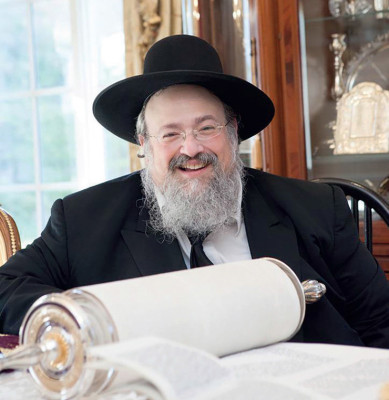

- May I use Matzos made from Whole wheat for the Pesach Seder?
- May I use Matzos made from sources other than wheat, for example, spelt or oat?
- May one use "Gluten-Free" matzos?
There are two requirements in the "ingredients" of a matzah:
1) That it should be made from the Five Grains, (Wheat, Barley, Spelt, Oats, and Rye). When made from these five grains, a status of lechem (bread) is accomplished. Matzahs must first and foremost be a lechem oyni.
2) Matzah must be made from an ingredient that is royi l'h'achmitz, which means that it is "potentially" able to become chametz — and because it is watched and baked in haste, never did it actually become chametz.
The question is, are these two requirements independent, or are they connected?
Is the requirement of "able to become chametz" what makes these five grains the ingredients of matzah — for only these five grains can become chametz, or is the requirement of "able to become chametz" a separate requirement.
In other words, is royi l'h'achmitz a din in the minor, is it a separate t'na'i in the matzah.
If indeed royi l'h'achmitz is a separate requirement, it would follow that any of the five grains — including even wheat — if the gluten were to be removed (as is done for the sale of wheat products for Celiacs and some restricted diets) which disables the dough from leavening and becoming chametz could be a problem.
In conclusion:
Whole Wheat Matzahs: Wheat can become chametz, but the chaff (bran) part cannot. A matzah which is "mostly" bran, may not be used. A matzah made of mostly bran would lack the first of the conditions that a matzah must be a lechem; a bread. Bran can not make "bread."
When using whole wheat matzahs that are "mostly wheat," no added matzah for the shiur k'zayis is needed to compensate for the bran part. This only holds if the whole wheat is from the entire wheat ground in its original form. If bran were to be separately added afterward, more matzah would need to be consumed to reach the shiur k'zayis. This understandably would be hard to evaluate, and so a good suggestion would be to acquire whole wheat matzah under a competent hashgachah that would be knowledgeable of the above requirements in producing whole wheat matzahs.
It must be mentioned that there are many who prefer only using well-ground pure flour matzahs, removing all the bran and chaff. On Pesach, each should follow the custom and stringencies of his family and community.
Oat Matzah And Spelt Matzah: There is a discussion in the poskim if the Quaker Oat is, in fact, the "Shibolet Shual — the fourth grain listed in the list; of the five grains. There is also reservation in using any other grain other than wheat for two reasons:
1) What is the preferable grain used to make bread, and so the matzah bread should l'chatchila of wheat.
2) We are taught that there is an allotted time for matzah to be baked so that it should not become chametz. We do not have the same clear guidelines for baking a matzah with the other grains. It is the opinion of Maran Rav Eliyashiv zt"l that oat and spelt matzahs may indeed be used.
If possible spelt may take precedence over oat for the matzah mitzvah, because it is mentioned in the list of the five grains before oat, and possibly it is more of an honorable form of bread.
Gluten-Free Matzos: One should preferably avoid using gluten-free matzahs for the matzah mitzvah. If need be, oat matzahs, which are naturally gluten-free, should be used, per Maran Rav Elyashiv zt"l.
Shiurei Lev Aharon: What Type Of Matzah Can Be Used?
Typography
- Smaller Small Medium Big Bigger
- Default Helvetica Segoe Georgia Times
- Reading Mode












